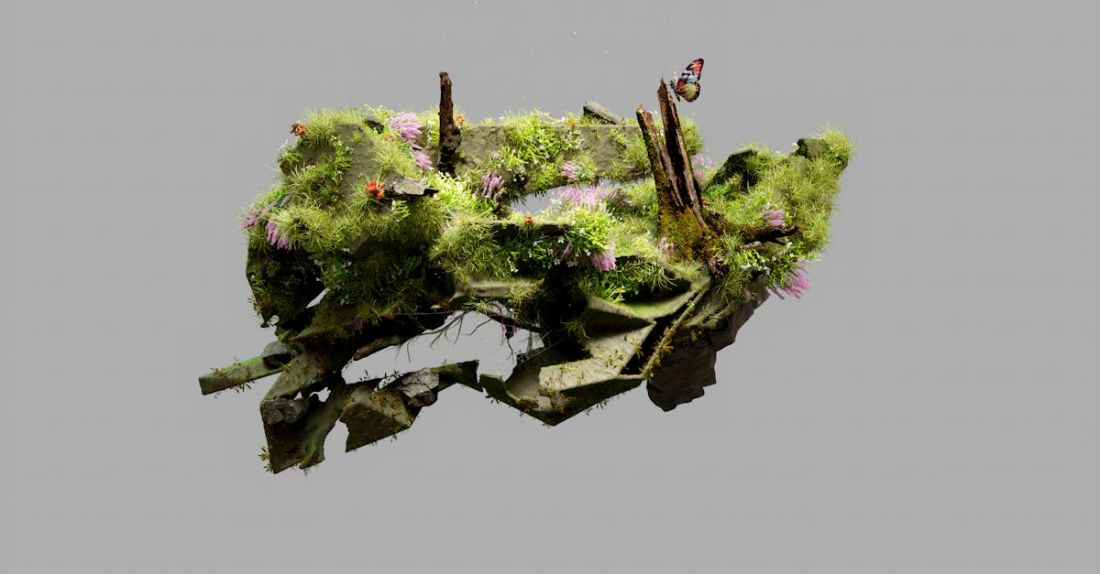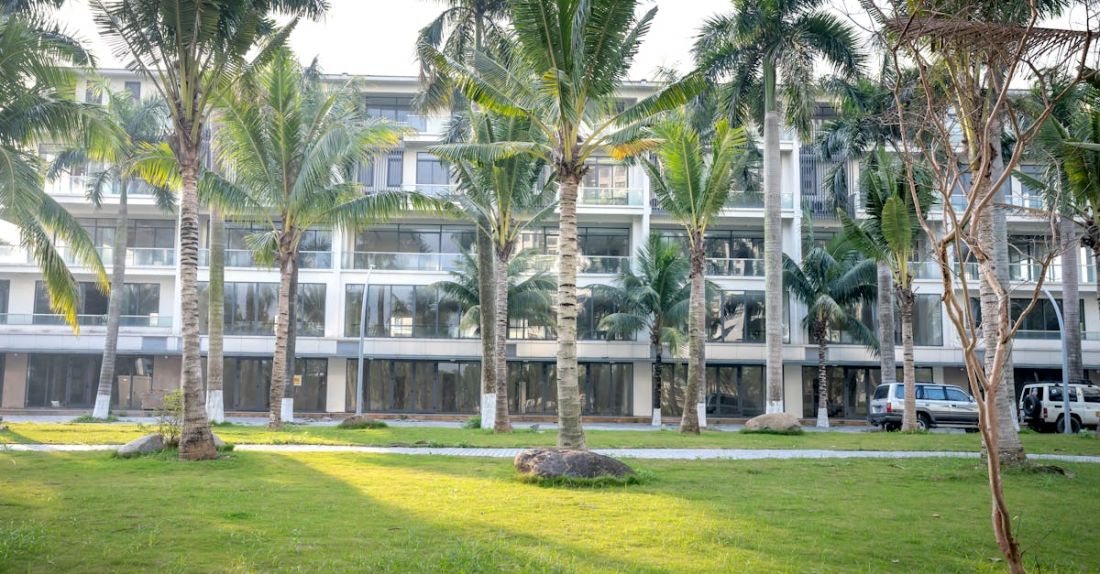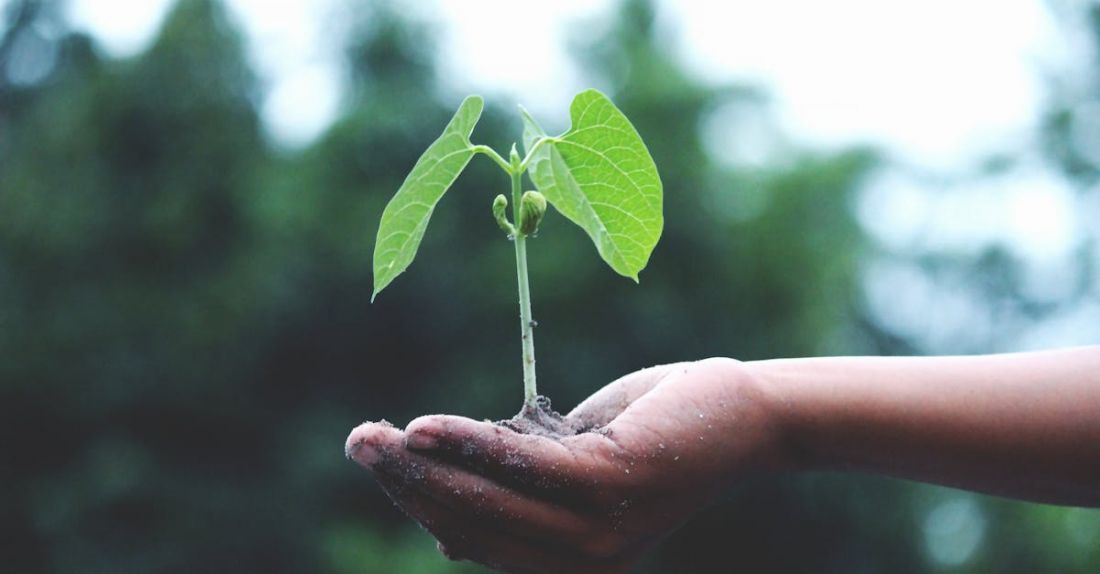
Green Spaces: Vital Contributors to Biodiversity
Green spaces, ranging from urban parks to vast forests, play a crucial role in supporting and enhancing biodiversity. These areas provide habitats for a wide array of plant and animal species, contributing to the overall health and resilience of ecosystems. Understanding the importance of green spaces in promoting biodiversity is essential in our efforts to protect and conserve the natural world for future generations.
The Role of Green Spaces in Biodiversity Conservation
Green spaces serve as essential refuges for a diverse range of plant and animal species. These areas offer food, shelter, and breeding grounds for wildlife, allowing different species to coexist and interact within a balanced ecosystem. By providing a variety of habitats, green spaces support the biodiversity of both native and migratory species, helping to maintain healthy populations and genetic diversity.
Furthermore, green spaces help to connect fragmented habitats, enabling the movement of species and facilitating gene flow. This connectivity is crucial for the long-term survival of many species, especially in the face of habitat loss and climate change. Green corridors, such as forested areas or riparian zones, act as pathways that allow wildlife to disperse, colonize new areas, and adapt to changing environmental conditions.
Enhancing Ecosystem Services Through Green Spaces
In addition to supporting biodiversity, green spaces provide a wide range of ecosystem services that benefit both humans and the environment. Ecosystem services such as pollination, water purification, and carbon sequestration are essential for maintaining the health and functioning of ecosystems. Green spaces act as natural filters, absorbing pollutants, regulating temperature, and reducing the impacts of urbanization on surrounding areas.
Moreover, green spaces contribute to the overall well-being of communities by providing recreational opportunities, improving air and water quality, and enhancing mental health. Access to nature has been shown to reduce stress, boost cognitive function, and promote physical activity, leading to improved quality of life for residents living near green spaces. By integrating green infrastructure into urban planning, cities can create sustainable environments that support biodiversity and human well-being.
Challenges and Conservation Strategies
Despite their numerous benefits, green spaces face threats from urbanization, land conversion, pollution, and climate change. Loss of habitat, fragmentation of ecosystems, and invasive species pose significant challenges to biodiversity conservation in green spaces. To address these threats, conservation efforts must focus on preserving and restoring natural habitats, enhancing connectivity between green spaces, and promoting sustainable land management practices.
Community engagement and education are essential tools for raising awareness about the importance of green spaces in supporting biodiversity. By involving local residents in conservation initiatives, fostering stewardship of natural areas, and implementing sustainable land use practices, we can ensure the long-term viability of green spaces and the species that depend on them.
Promoting Sustainable Development and Green Infrastructure
As we strive to create more sustainable and resilient communities, green spaces play a critical role in mitigating the impacts of climate change, enhancing biodiversity, and improving the quality of urban environments. By incorporating green infrastructure into urban planning and design, we can create vibrant and livable cities that support healthy ecosystems and thriving communities.
In conclusion, green spaces are vital contributors to biodiversity, providing essential habitats for a diverse range of species and offering a wide array of ecosystem services. By recognizing the value of green spaces in promoting biodiversity conservation, we can work towards creating a more sustainable and harmonious relationship between humans and the natural world. Let us continue to protect and preserve these valuable resources for the benefit of present and future generations.





